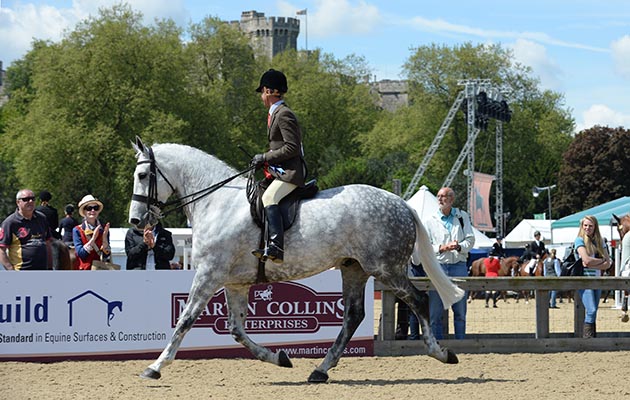Endurance riding is a sport that most horses and riders can take part in. If you enjoy spending long hours in the saddle and are up for the challenges of map reading and crossing varying terrain, then why not give endurance riding a try?
Endurance GB, the sport’s governing body in England and Wales, runs classes from 16km (10mile) pleasure rides to 160km (100mile) competitive rides. There are also governing bodies for the sport in Scotland and Ireland. Competitive rides (known as graded endurance rides) begin at 30km. To get a taste for the sport, riders can sign up for a “try before you buy” scheme, which permits entry in up to two novice classes of 40km or shorter. Competing beyond this requires both horse and rider to be registered with EGB.
Horses for endurance riding
While pure and part-bred Arabs dominate the higher levels of endurance, any fit healthy horse can be competitive at lower levels. There is a wide variety of horses currently competing in endurance, from tiny ponies to the 2011 Retraining of Racehorses endurance champion, an 18hh thoroughbred called Quercus Maximus. Soundness is vital, while a comfortable stride and sane temperament will make 32km of open mountainside slightly less challenging for the rider.
Most horses in regular work will be fit enough to complete a 30km ride within the required speed and heartbeat parameters. Before moving up the levels, horses will require a variety of slow and fast work, schooling and rest periods, to build the correct muscles and fitness. Advice on training and fitness is available for those getting involved in endurance for the first time.
Endurance riding equipment
Safety and comfort of both horse and rider is paramount. Checking your saddle fits before you start competing is a sensible precaution. Make sure your stirrups are level and that you sit square as it’s much easier for your horse to carry a level load, than an uneven one. Riders also need to consider their own fitness – if your horse loses a shoe out on a moors you need to be fit enough to lead him to the nearest road to be picked up, which could be some miles away! Other than safety hats, there are no rules on horse and rider turnout, although long sleeves are recommended.
Some riders are put off affiliating by the prospect of pre- and post- ride vettings. The vettings ensure all horses competing are fit and sound to do so; they are not there to catch riders out. Pre-ride the horse will be thoroughly examined for marks caused by ill-fitting tack, have its heart rate noted (must be 64bpm or less) and trotted up to assess soundness. The post-ride check follows the same pattern, but is an assessment that the horse is “fit to continue” rather than ready to carry the rider for another 32km.
Grades are awarded based on speed and final heart rate. In general, the faster the horse completes and the lower its heart rate the better the grade. In novice competitions the speed parameters are 8-12kph. Completing three novice rides permits upgrading to open level, where the speed requirements are 10-15kph.
Endurance riding is a great test of trust between horse and rider, allows access to beautiful countryside and offers opportunities to win titles at all levels of competition.
For more information on getting started and rides in your area, contact your local group.



